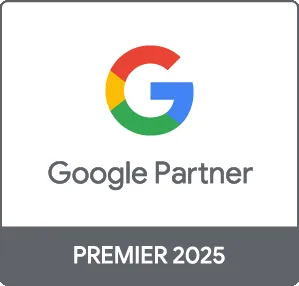PPC advertising can be a powerful tool for small businesses looking to increase visibility and drive conversions. With the right strategies, PPC can yield impressive returns on investment (ROI) and help small enterprises compete with larger brands. In this comprehensive guide, we will delve into what PPC advertising is, its benefits, and how you can effectively implement it to grow your small business.
What is PPC Advertising?
PPC (Pay-Per-Click) advertising is an online marketing model where advertisers pay a fee each time their ad is clicked. It’s a way to buy visits to your site, rather than attempting to earn those visits organically. The most popular platform for PPC is Google Ads, but other platforms like Bing Ads and social media ads also play a vital role.
Benefits of PPC for Small Businesses
Some key advantages of PPC advertising for small businesses include:
- Immediate Results: Unlike SEO, which can take time to yield results, PPC campaigns can drive immediate traffic to your website.
- Targeted Advertising: PPC allows you to target specific demographics, including location, age, and interests, ensuring your ads reach the most relevant audience.
- Cost Control: Small businesses can set their budget limits and only pay when someone clicks on their ad, making it a cost-effective approach.
- Measurable Results: PPC campaigns provide detailed analytics and reporting, allowing businesses to track performance and make data-driven decisions.
How to Get Started with PPC Advertising
Here’s a step-by-step guide to launching your PPC campaign:
1. Define Your Goals
Start by identifying what you want to achieve with your PPC ads. Is it increased traffic, lead generation, or sales? Clear goals will guide your campaign strategy.
2. Keyword Research
Conduct thorough keyword research to identify relevant terms your target audience is searching for. Utilize tools like Google Keyword Planner to find high-traffic, low-competition keywords.
3. Choose Your Platform
Decide where your ads will be displayed. Google Ads is a great starting point, but consider other options like social media platforms (Facebook, Instagram) depending on your audience.
4. Create Compelling Ad Copy
Write engaging ad copy that captures attention. Highlight the unique selling points of your product or service and include a strong call-to-action (CTA).
5. Set Up Your Campaign
Configure your PPC campaign settings, including targeting options and budget. Monitor your ad placements and adjust settings as necessary during the campaign.
6. Monitor and Optimize
Regularly review your campaign performance. Adjust bids, test different ad variations, and revise targeting to improve results over time.
Best Practices for PPC Advertising
To make the most out of your PPC campaigns, consider these best practices:
- Use Negative Keywords: Implement negative keywords to filter out unwanted traffic and improve ad relevance.
- A/B Testing: Continuously test different ad copies, images, and CTAs to find the most effective combinations.
- Mobile Optimization: Ensure your landing pages are mobile-friendly, as a significant portion of clicks come from mobile devices.
Conclusion
PPC advertising presents a powerful opportunity for small businesses to enhance their online presence and drive substantial traffic. By following the steps outlined in this guide and applying best practices, you can create effective PPC campaigns that yield measurable results. At Prebo Digital, we specialize in PPC advertising and can help your small business leverage this marketing strategy for optimal growth. Ready to get started? Contact us today to learn more!





